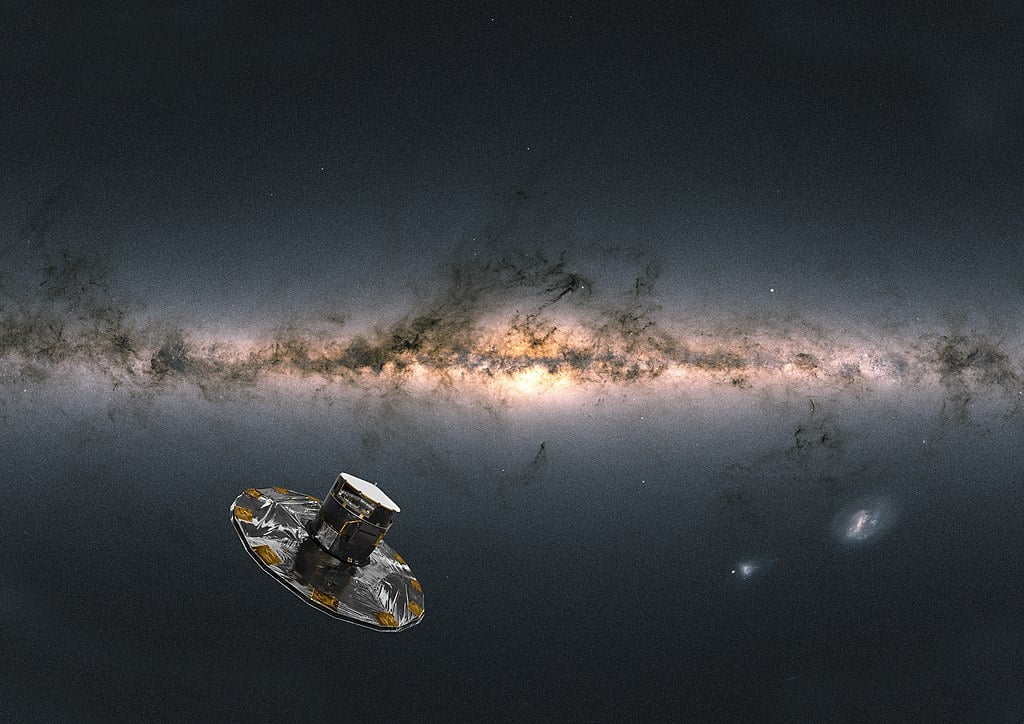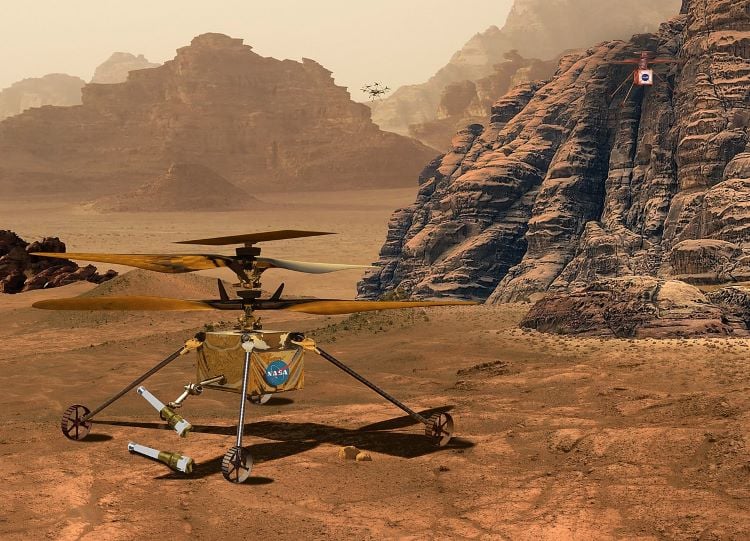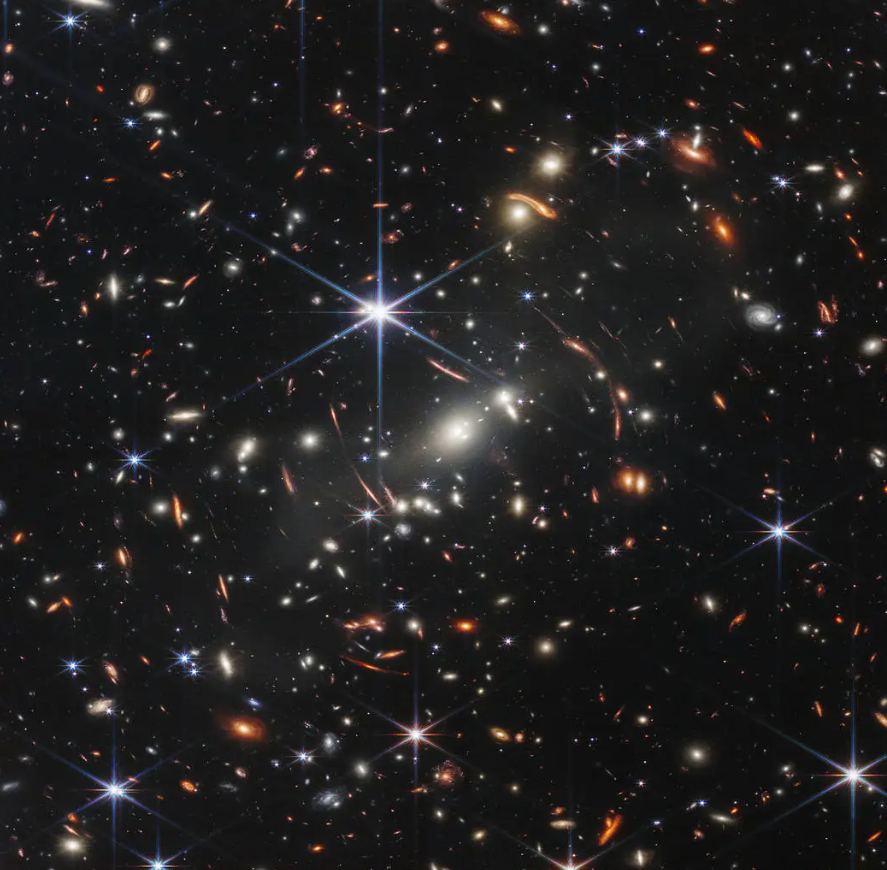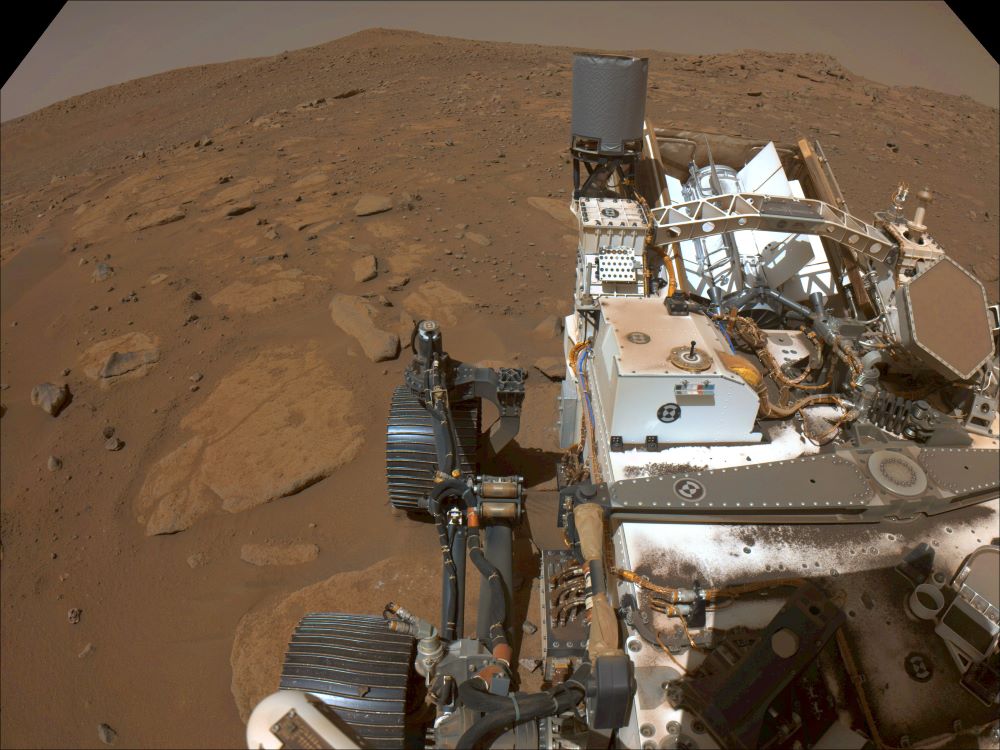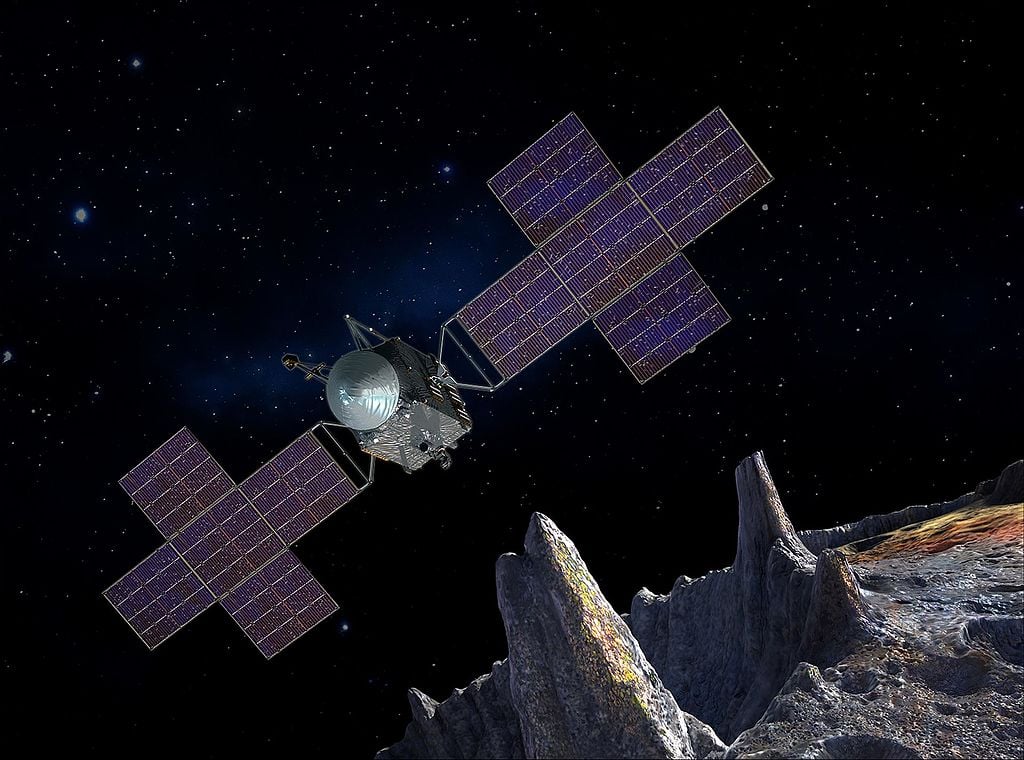
NASA and its commercial partners are working on deformable mirrors (DM) that will allow next-generation telescopes to directly observe exoplanets.
Continue reading

The ESA recently conducted a test fire of its next-generation Ariane 6 rocket, a dress rehearsal for its first test flight next year.
Continue reading

One outstanding mystery in astrophysics is known as the "final parsec problem." Simulations predict that binary black holes should stall out in the last stages of their merger. Since we're detecting the gravitational waves from these mergers, we know it happens, but how? A new paper proposes that ultralight dark matter near the black holes could help to carry away orbital energy from the black holes, driving them together.
Continue reading

The Department of Energy just delivered a shipment plutonium that NASA will turn into radioisotope thermoelectric generators (RTGs) for future missions.
Continue reading

Now that the Large Hadron Collider has measured the mass of the Higgs boson, physicists are trying to understand how these particles interact with the rest of the Universe. One theory is that decaying Higgs bosons could produce "dark photons," which would only live for about a tenth of a billionth of a second. That doesn't sound like much, but it's long enough to detect "displaced muons," a by-product of the decay that would indicate the presence of dark photons.
Continue reading

SpaceX has completed its second orbital launch test; and once again, the results were a bit mixed!
Continue reading

JUICE Prepares for a first of its kind double-flyby next year.
Continue reading

NASA engineers are testing a prototype for a Europa Lander, which will search the surface of Jupiter's icy moon for signs of life!
Continue reading
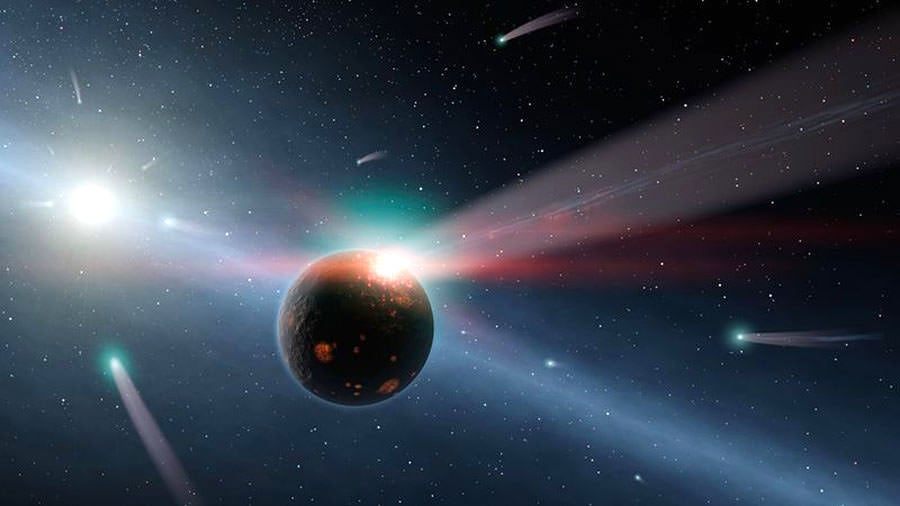
New research shows how comets could deliver the building blocks for life in systems with close-orbiting planets, aiding in the search for life beyond our Solar System.
Continue reading

The Solar System sits within the galactic plane, so it was once impossible to look past the core of the Milky Way through countless stars and clogging dust to the distant cosmos. This region was called "The Zone of Avoidance." But those days are over. While visible light is blocked, infrared and radio can pierce through the region, revealing galaxies on the far side of the Milky Way. Astronomers are finding thousands of previously hidden galaxies behind the core.
Continue reading

The ESA's ExoMars mission just observed nightglow in Mars' atmosphere, a phenomenon that also happens on Earth.
Continue reading







